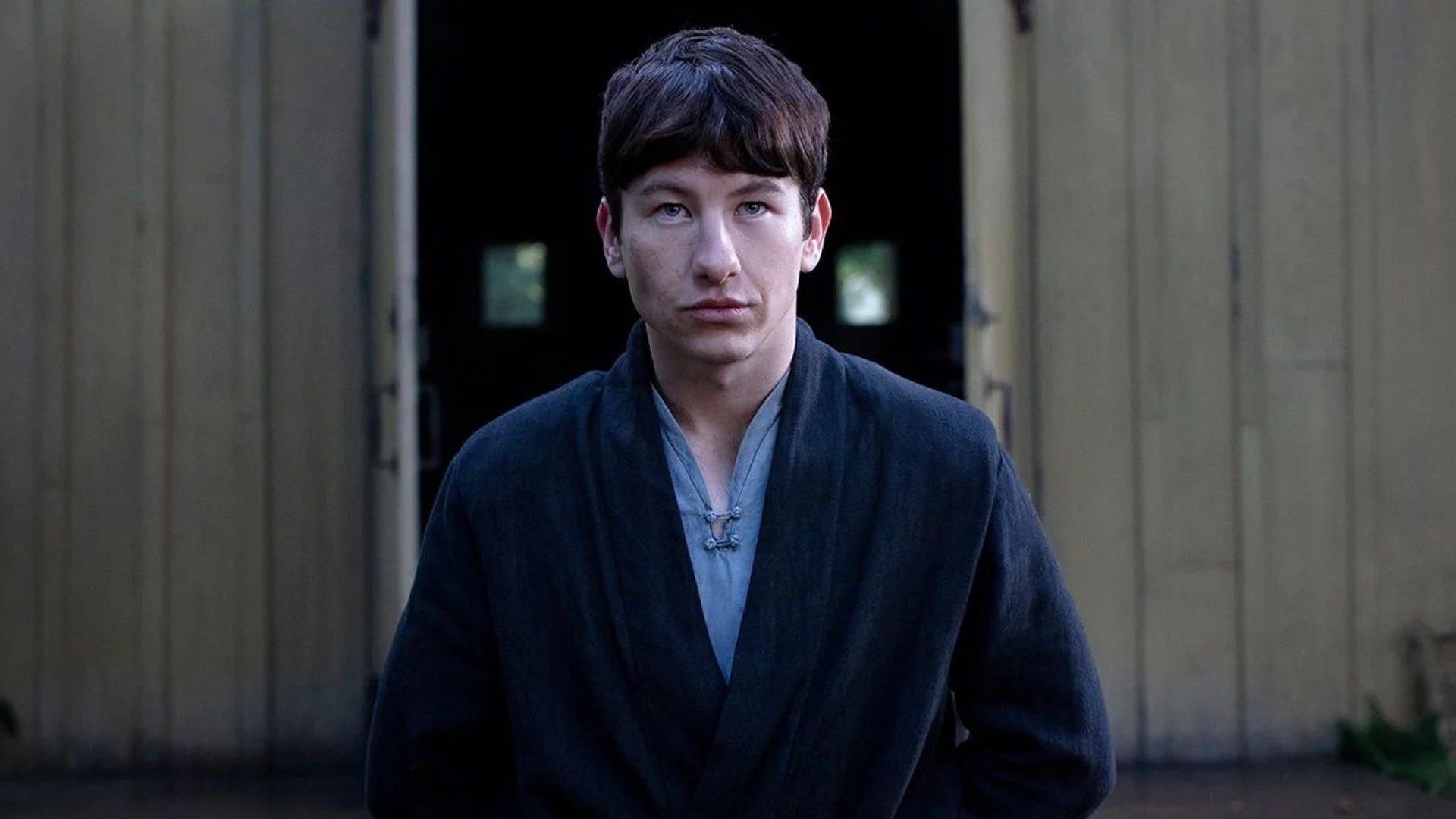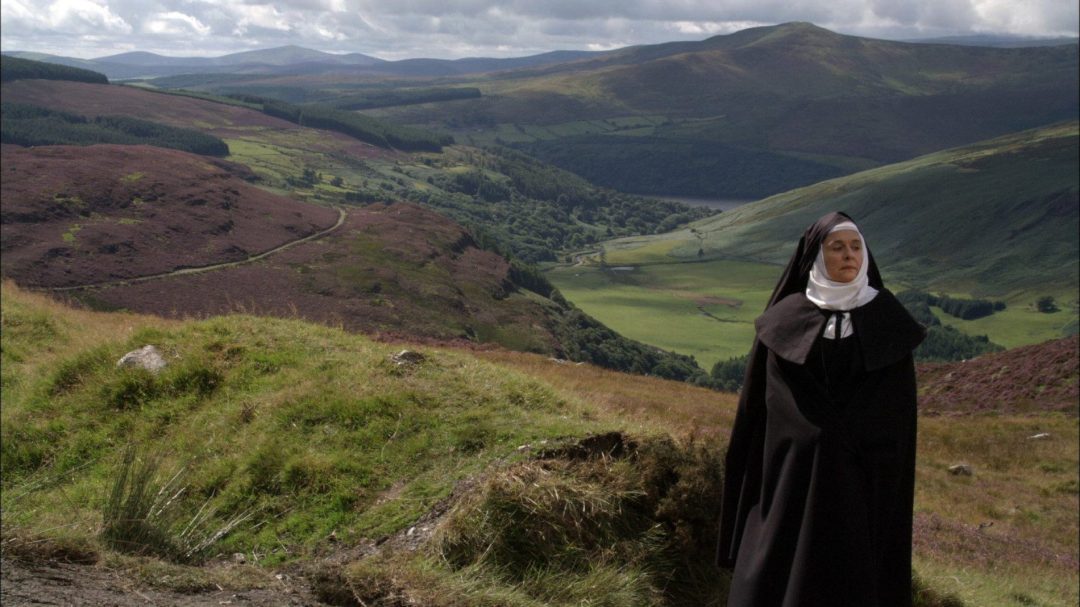Ireland’s population, in the 18th century, expanded rapidly. This was true of all the religious sections of Irish society, Catholic, Protestant, and Dissenter. With this population growth grew the demand for a more open Society, independent of England and tolerant to Catholic and Dissenter.
The lead up to the founding of the Orange Order
By 1795 even the Lord Lieutenant of Ireland, Earl William Fitzwilliam, encouraged Henry Grattan, leader of the Patriots, the party of Anglo-Irish nationalists, to propose a bill repealing the last of the Penal Laws. However, due in no small way to the influence of the king, George lll this bill was defeated. He had declared that he would consider anyone who supported the bill as his personal enemy. This was enough to intimidate many, including Prime Minister Pitt, who otherwise would have supported the bill.
The result of the Kings threat was that many members of the Society of United Irishmen grew disillusioned with peaceful methods of achieving reform in Ireland and began to look to the new revolutionary French Republic for military aid. Dublin and Presbyterian Belfast became hotbeds of sedition.
Sectarian divide in the north of Ireland
County Armagh was the most populous rural area in Ireland of the 1790s. Unlike Antrim and north County Down, it was home to large numbers of Catholics. This meant that the Protestants of Armagh felt threatened by Catholic competition for land and work. The area was the center of the Irish linen trade and many Catholics participated in this industry as weavers, just as did many of their Protestant neighbors.
Old hatreds remained entrenched. Memories of rebellions and slaughter, of dispossession and persecution, were kept alive by both sides. In the face of economic competition from Catholics, the Presbyterians of Armagh tended to side with their fellow Protestants of the established Church rather than follow the republican ideals of their Belfast, Antrim and Down co-religionists.
Sectarian faction fighting was a common occurrence and from the early 1780s, the Catholic “Defenders” and Protestant “Peep o’ Day Boys” waged war against one and other. Many deaths occurred on both sides. This sectarian warfare even spread to the still Irish speaking south of the county where Catholics formed the majority. Both sides committed many unspeakable atrocities on their neighbors.
The stand-off at Loughgal
This sectarian divide eventually led to an incident on September 1795 at the Diamond close to the village of Loughgall where the Defenders and Peep o’ Day Boys came face to face. The Peep o’ Day Boys were reinforced by a group of fellow Protestants from County Down. The local parish priest was able to broker a peace. However the next day, more Catholics arrived from County Tyrone to reinforce the Defenders and both sides once again took up defensive positions. This time the Catholics were on low ground and the Protestants held a hill overlooking the Diamond. The Protestants opened fire and it is estimated at least 30 Catholics were killed.
The Orange Society is Founded
After this affair, the Protestants marched to Loughgall and in the home of James Sloan, was founded the Orange Society, later to become the Orange order. The three most prominent founder members were James Sloan, James Winter, and Daniel Winter. This was an association of lodges bound by secret oaths, passwords, and signs.
The Orange Society an organization heavily influenced by Freemason rituals, and committed to maintaining the Protestant (Church of Ireland) religion. Indeed Daniel Winter was an aggrieved mason who had unsuccessfully sought that organizations help in avenging an attack upon his Benburb home by Defenders 2 years previously.
From the outset Orange gangs responsible for driving thousands of Catholics out of their homes causing them to flee from Ulster to seek shelter in Mayo. They destroyed any loom they found that owned by a Catholic weaver thereby destroying that Catholic and his family of a livelihood.
The Orange program against Armagh Catholics had one other effect. It was to influence many Defenders to join the United Irishmen.
Sources
The Orange Institution - The Early Years- grandorangelodge.co.uk
Peep o’ Day Boys and Defenders - BBC.co.uk
Henry Grattan - Dr. James Kelly, University College Cork.
Portadown and its organge tradition - ulst.ac.uk





